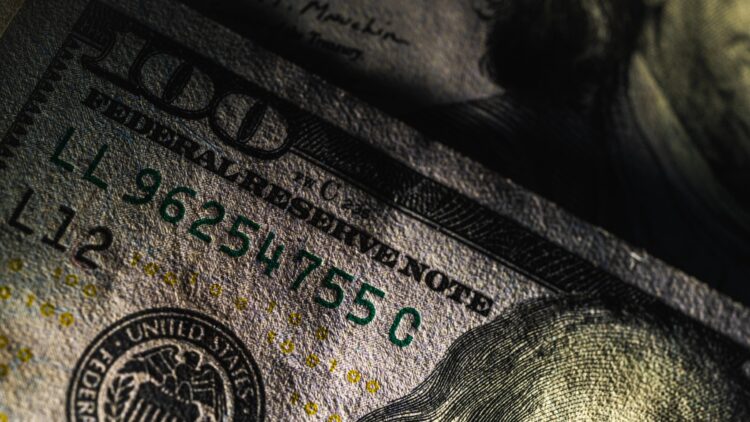Despite the $100 dollar bill being the most circulated cash component, the paper money is set to undergo a makeover. As the world increasingly shifts toward digital payment systems, the future of physical currency, is coming under increased scrutiny. Recent discussions suggest that this iconic bill could be discontinued, driven by the rise of digital currencies and changing consumer behavior. However, the $100 dollar bill is here to stay for now with some new changes on the way.
The $ 100 bill needs improvement
The Federal Reserve (Fed) and the Bureau of Engraving and Printing are working together with the Advanced Counterfeit Deterrence (ACD) Steering Committee and the Secret Service to increase security features and improve identification measures. The current objective is to continue to safeguard the currency’s significance and reinforce its monetary value.
Currently, the $100 bill is the highest denomination in the United States, prominently displaying the image of one of America’s most revered figures, scientist and statesman Benjamin Franklin. Benjamin Franklin is one of the most prominent figures associated with the United States. He was not only one of the founding fathers and helped to draft the American Declaration of Independence but also invented the lightening rod.
New 100 dollar bill to begin circulation in 2034
Reports from the Federal Reserve and the Bureau of Engraving, along with insights from the ACD and the Secret Service, indicate that the redesigned $100 bill is expected to enter circulation between 2034 and 2038. The American dollar has undergone multiple changes throughout history. Most famously, the one dollar bill has retained its image of George Washington since its inception in 1876.
The Bank of America was founded by Alexander Hamilton in 1791 which is where dollar bills as we know them first began being circulated. This new design will be the fourth redesign of the 100 dollar bill in the past 100 years. The most recent one came into circulation in 2013. The choice to put Franklin on the front of the bill is representative of the American dream from humble beginnings to riches which is the life story of Franklin.
Future of cash in a cashless economy?
As cashless and open banking continue to be on the rise, many wonder if cash will continue to be a reality for banking. Digital payments like Apple Pay are increasing in popularity each day to make safer and smoother transactions. Some however do not trust online banking and prefer to keep their money in cash. Cash has long been a staple of financial exchanges, and not all are going to surrender it easily.
The convenience of mobile wallets, contactless payments, and cryptocurrencies appeals particularly to younger generations, who value speed and efficiency. However, this shift raises important questions about accessibility, privacy, and security, especially for those who rely on cash, such as older adults and individuals in rural areas and even undocumented immigrants in the country.
As the government explores the potential of central bank digital currencies (CBDCs) and the demand for cash continues to decline, the role of physical currency in our economies may evolve significantly, potentially diminishing its presence in the financial landscape. Ultimately, while cash may not disappear entirely, its function and significance could change dramatically in the coming years.
The bottom line is, we need to start preparing for a world where online payments become the norm. New cybersecurity threats are sure to reveal themselves in this process, and it is essential that you remain vigilant with online banking. The 100 dollar bill is here to stay for now, but “cash is king” is no longer the gospel truth anymore. However, you should still think about carrying some cash on you in case you are ever in an emergency.


